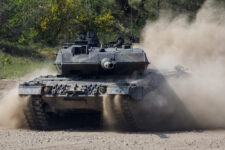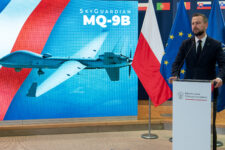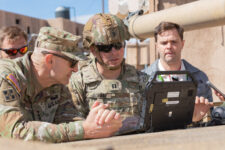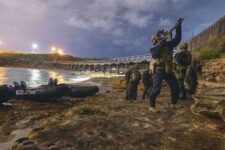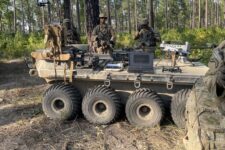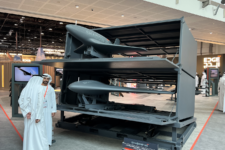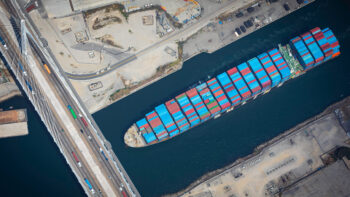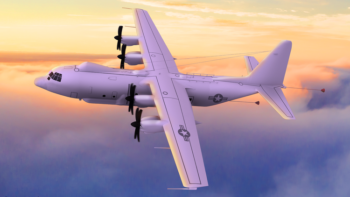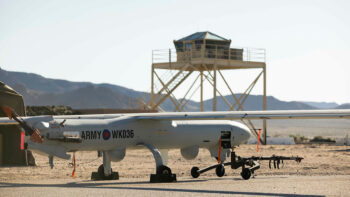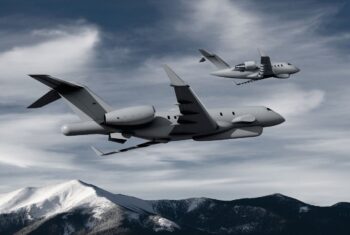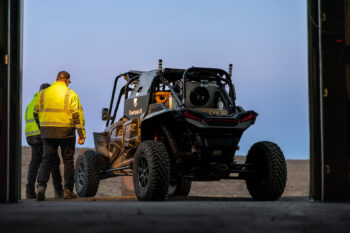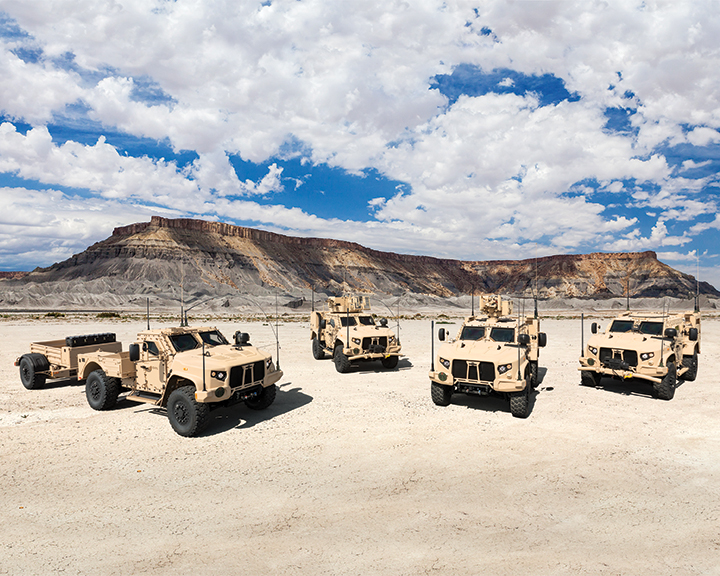
The four official JLTV variants.
WASHINGTON: Army acquisition chief Bruce Jette has formally approved full-rate production of the new Joint Light Tactical Vehicle (JLTV) — months after the decision was originally expected — in a major vote of confidence for the contentious program.
The armored off-road truck is intended to combine a massive MRAP (Mine Resistant, Ambush Protected) vehicle’s protection against roadside bombs with an unarmored Humvee’s cross-country mobility. That combination is critical in counterinsurgency, but it’s a much lower priority for high-intensity armored warfare with Russia or long-range missile duels with China.
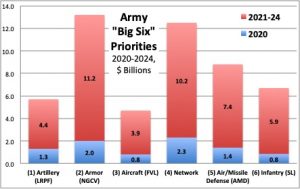
LRPF: Long-Range Precision Fires. NGCV: Next-Generation Combat Vehicle. FVL: Future Vertical Lift. AMD: Air & Missile Defense. SL: Soldier Lethality. SOURCE: US Army. (Click to expand)
Army Secretary Mark Esper has publicly said JLTV was designed to defeat guerrillas, at a time when the Army is refocusing on great powers. Undersecretary Ryan McCarthy has confirmed an $800 million cut in JLTV purchases, which translates to at least 1,500 vehicles, over the next five years. The roll-out of Low Rate Initial Production (LRIP) vehicles has also been marred by teething troubles ranging from stuck doors to maintenance shortfalls to one young soldier managing to total his new truck within 72 hours.
But the Army still plans to buy about 50,000 JLTVs in the long run, and the Marines over 9,000. The service has even added JLTV to its elite list of 31 top-priority programs — a portfolio otherwise focused on high-tech heavy weapons for major wars like hypersonic missiles, high-speed aircraft, and a replacement for the tank-like M2 Bradley troop carrier. (The 31 are in turn grouped into six major categories, the so-called Big Six).
The number of priority programs wavered for months before the Army settled on a list that included JLTV. “We kind of say ’30-ish’ because occasionally something will be important enough ewe want to move it into that [list], and then sometimes we move them back,” said Jette, assistant secretary for acquisition, logistics, and technology, at a recent Association of the US Army forum. “JLTV for example is normally not one of those programs, but we had some changes we wanted to make for it, so there we moved it from not in the 30-ish to the 30-ish.”

Bruce Jette
This isn’t the kind of language normally associated with Pentagon funding plans — “ish” has no official definition in the Defense Federal Acquisition Regulations Supplement (DFARS). But it shows the flexibility the Army is trying to retain, rather than rigidly pin its hopes to an unchanging list of projects as it did during the Future Combat Systems debacle. It also shows the service’s ambivalence regarding JLTV.
It’s absolutely true that JLTV arose from the conflicts in Afghanistan and Iraq, when truck-mounted support units not equipped for heavy combat became prime targets for guerrilla attacks. Humvees proved lethally vulnerable to improvised landmines (aka IEDs), but the heavier MRAP trucks had such poor off-road mobility that they couldn’t bypass roadside bombs. In fact, the winning design, by Oshkosh, is a slimmed-down, refined version of that company’s M-ATV, the MRAP All-Terrain Vehicle, an earlier attempt to combine heavy protection with cross-country performance.
But counterinsurgency isn’t the only kind of conflict in which truck-mounted support troops are much more vulnerable than they were in 20th Century wars. Islamist irregulars with roadside bombs can erase the once-clear distinction between the front line and the relatively safe rear, but so can the modern Russian military with its extensive use of drones, long-range precision rockets, artillery-launched land mines, and guerrilla proxies. While heavy armored war machines like the Next Generation Combat Vehicle would bear the brunt of a major war and probably deserve the first shot at funding, there’s a role for the JLTV in great power conflict as well.
Raytheon, Ursa Major log successful solid rocket motor flight test
“In this particular program, we went from concept and design to firing and flight on the range in just under four months, which is lightning fast,” said Ursa Major CEO Dan Jablonsky.



